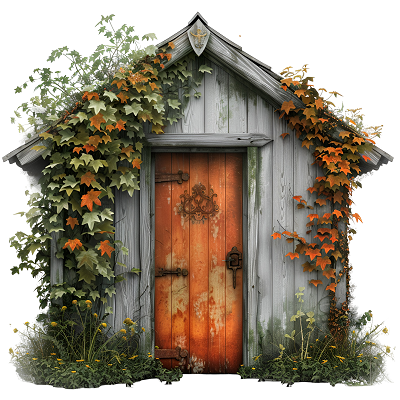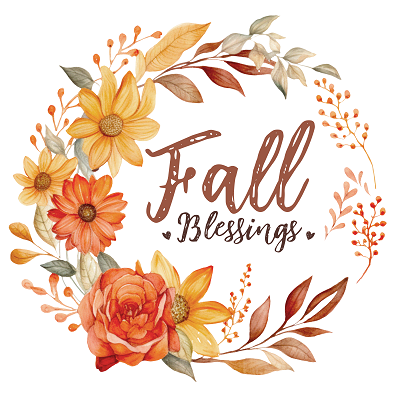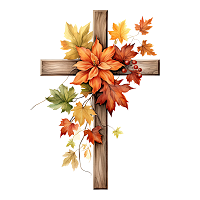 If you’ve been gardening all summer, you’ve likely enjoyed the fruits of your labor. Fresh vegetables, fruits or flowers have graced your dinner table in one manner or another. But now the summer is nearing an end. You may be wondering what you can do in September to prepare your garden for the coming winter and the next summer.
If you’ve been gardening all summer, you’ve likely enjoyed the fruits of your labor. Fresh vegetables, fruits or flowers have graced your dinner table in one manner or another. But now the summer is nearing an end. You may be wondering what you can do in September to prepare your garden for the coming winter and the next summer.
When September rolls around it is important to stop fertilizing trees and flowering shrubs. They need the year’s growth to harden off for protection during the winter. Perennials are slowing down for the winter, going into a type of dormancy, so they no longer need fertilization.
For annuals which you’ll replant in the spring, they have served their purpose. They can either be pulled up and put into a mulch pile, or mowed down and tilled under. Either option will break down the plant and add organic nutrients back into your soil.
Houseplants which have spent the summer outdoors should be taken back indoors for the winter. Before taking the plants indoors, be sure to check the plants carefully for any insects or pests. Any hitchhiking pests you take into the house may continue to thrive indoors rather than dying outdoors.
Take cuttings of plants you want to keep over the winter but can’t dig up and bring indoors. This will give you a head start on having plants for the next year’s garden. If your garden is overrun with perennials, divide and move them to enable the plants to survive and thrive.
Start planting the spring flowering bulbs you’ve purchased. This is another way to get a head start on next year’s flower beds. For bulbs which are too tender to leave out all winter – such as dahlias, caladiums, tuberous begonias and cannas – dig them up and store them until spring. Check the hardiness zones for the bulbs you want to plant to ensure they can be planted now rather than later.
For cool season vegetables, you can sow the seed directly into the prepared soil rather than growing seedlings to transplant in the spring. These would include lettuce, greens, onions, beans, peas and broccoli. Follow the instructions on the seed packets as far as how deep to plant the seeds, whether or not they need to be covered, and if so, how they should be covered.
These are a few ideas of activities you can do in September to prepare your garden for next year. If you’re new to gardening and still unsure about how best to spend September in your garden, talk with local farmers or neighbors who have gardens you admire. They will most likely provide you with all the help you need to ensure your garden will be ready for the next growing season.


